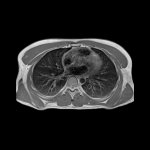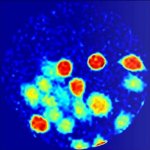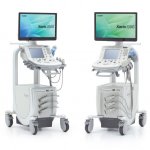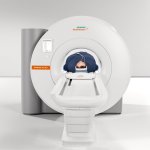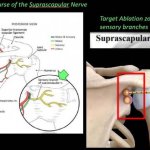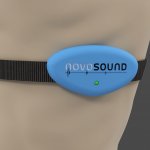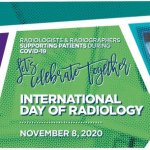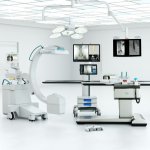
News • Mobile hybrid imaging, image fusion, endovascular 3D navigation
Ziehm and Therenva present imaging solutions at RSNA 2020
At this year's virtual RSNA congress, Ziehm Imaging showcases its leading portfolio of mobile C-arms and advanced imaging solutions. Highlights on display include the Ziehm Vision RFD Hybrid Edition in combination with Therenva’s EndoNaut solution for advanced endovascular 3D intraoperative navigation as well as the Ziehm Vision RFD 3D, one of the most successful 3D mobile imaging solutions in…




